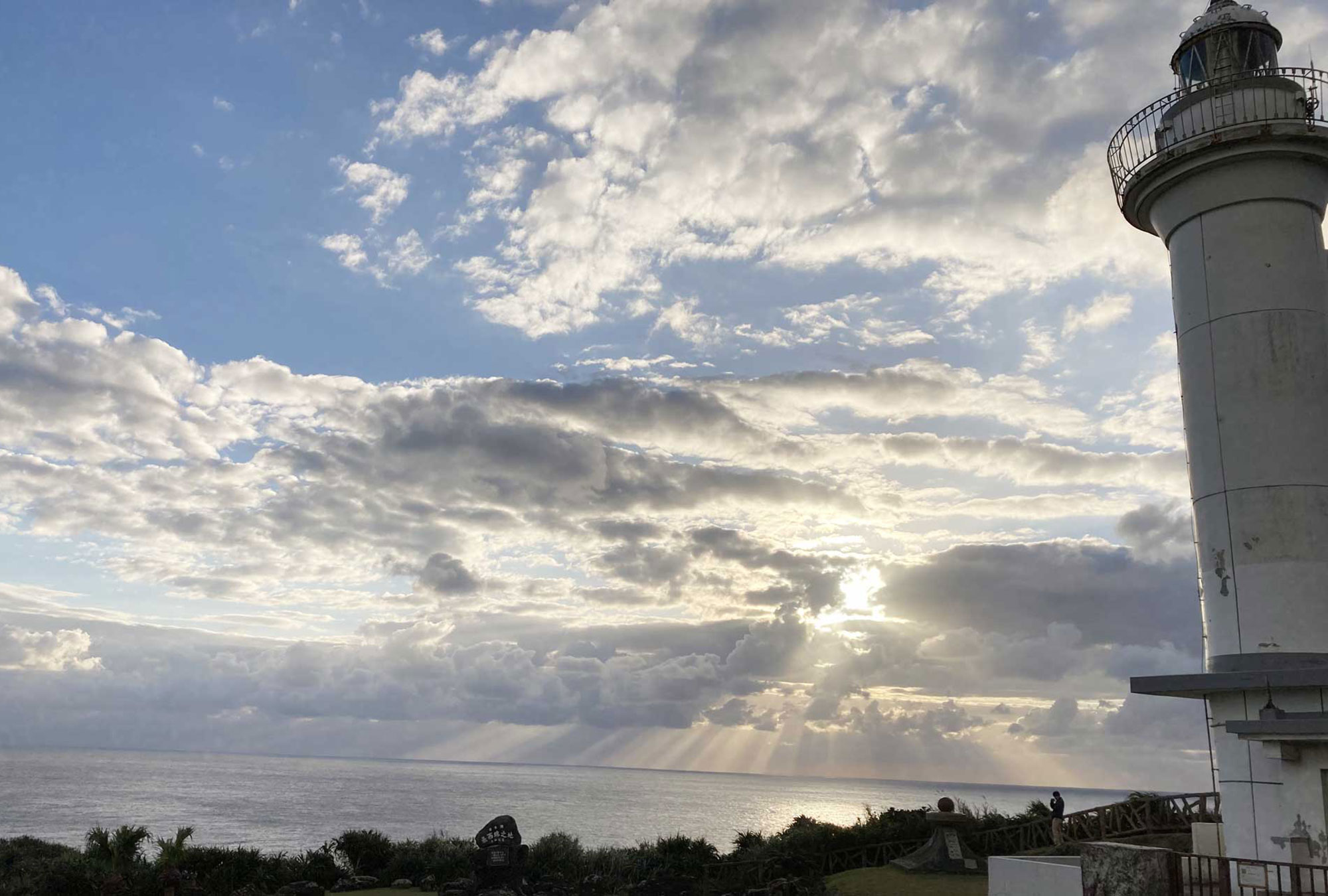
Part I:
Taiwan’s ‘satellite’ island
This is where Japan ends–with a simple monument of two big rocks stacked upon each other. Behind them, the Irizaki lighthouse stands forlorn in the dwindling twilight. Everywhere else across Japan, it is already dark.
Yonaguni is part of the Ryukyu Arc of islands that stretch southwest from Kyushu to Taiwan in the East China Sea. Japan calls the islands the Nansei Islands and administers them under the prefecture of Okinawa, the largest of the Ryukyu chain.
Imperial Japan annexed the Ryukyu Kingdom only in the 19th century, but islanders have inhabited Yonaguni for much longer.
In 2019, a group of Taiwanese and Japanese researchers successfully recreated a voyage by dugout canoe from Taitung in southeastern Taiwan to Yonaguni, proving that ancient peoples could have migrated from Taiwan to the Ryukyu Islands tens of thousands years ago.
After the First Sino-Japanese War ended with Japan’s victory in 1895, “Taiwan became part of a newly founded Japanese Empire, and Yonaguni turned into a satellite island of its big neighbor island,” said Patrick Heinrich, a professor at Ca' Foscari University in Venice who has spent many years studying the culture of Ryukyu Islands.
“The colonial period was actually a very good time for Yonaguni,” Heinrich said, adding that at that time “the island was much more closely connected to Taiwan than to the Japanese mainland.”
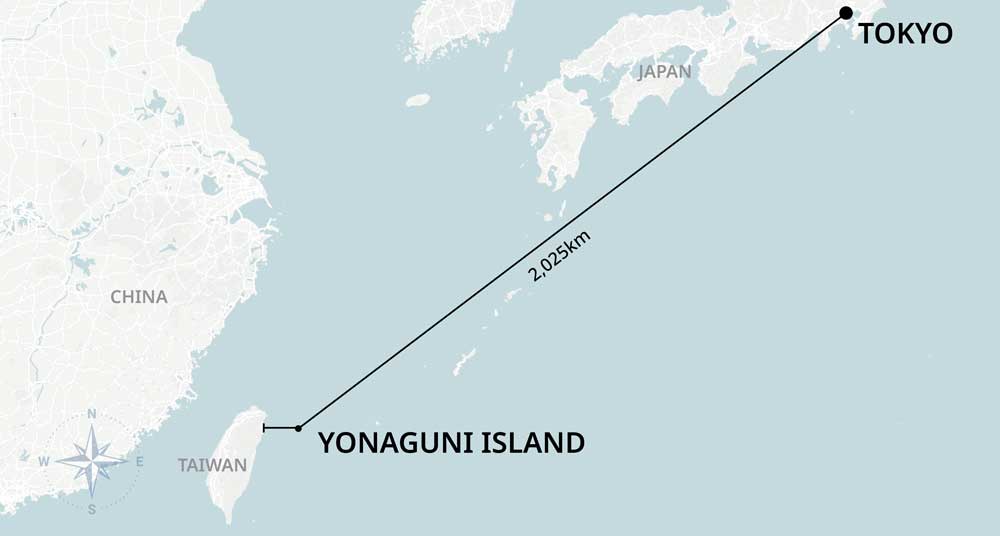
Tokyo is 2,000 kilometers (1,260 miles) away, but it is only 110 kilometers (68 miles) to the shores of northeastern Taiwan’s Yilan county. Close economic ties were forged between the two islands, with 95% of Yonaguni’s external trade done with Taiwan.
Shunned by Japan’s mainlanders for their lack of “Japaneseness,” Yonaguni islanders would travel to Taiwan to look for work opportunities and education.
The close relationship extended beyond the colonial period to the occupation of Japanese islands by Allied Forces after World War II ended in 1945.
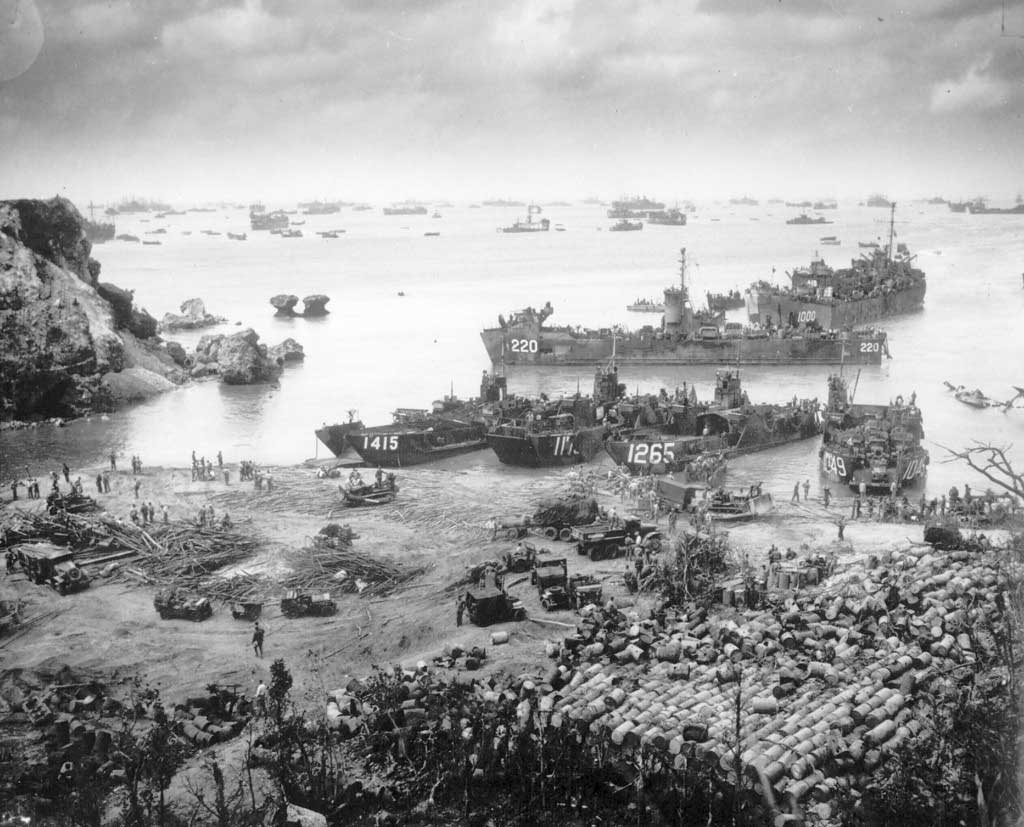
Smugglers’ boomtown
The occupation amid post-war poverty in defeated Japan brought an unprecedented upturn in the island’s fortunes.
“It was called keiki jidai, or the boom period in Yonaguni,” said Heinrich from Ca' Foscari University.
“Outside Yonaguni, however, it was referred to as mitsuboki jidai - the smuggling period.”
Dozens of ships sailed back and forth between Yonaguni and Taiwan each day, ferrying food and other necessities to mainland Japan. The tiny island of less than 30 square kilometers (11.6 square miles) became an international trading center, partially illegal, and a bustling oasis of consumerism.
Bars were mushrooming around the island, and its residents indulged in the latest fashion, entertainment and music. A Miss Yonaguni beauty contest was held in 1947, long before the first Miss Nippon (Japan) pageant.
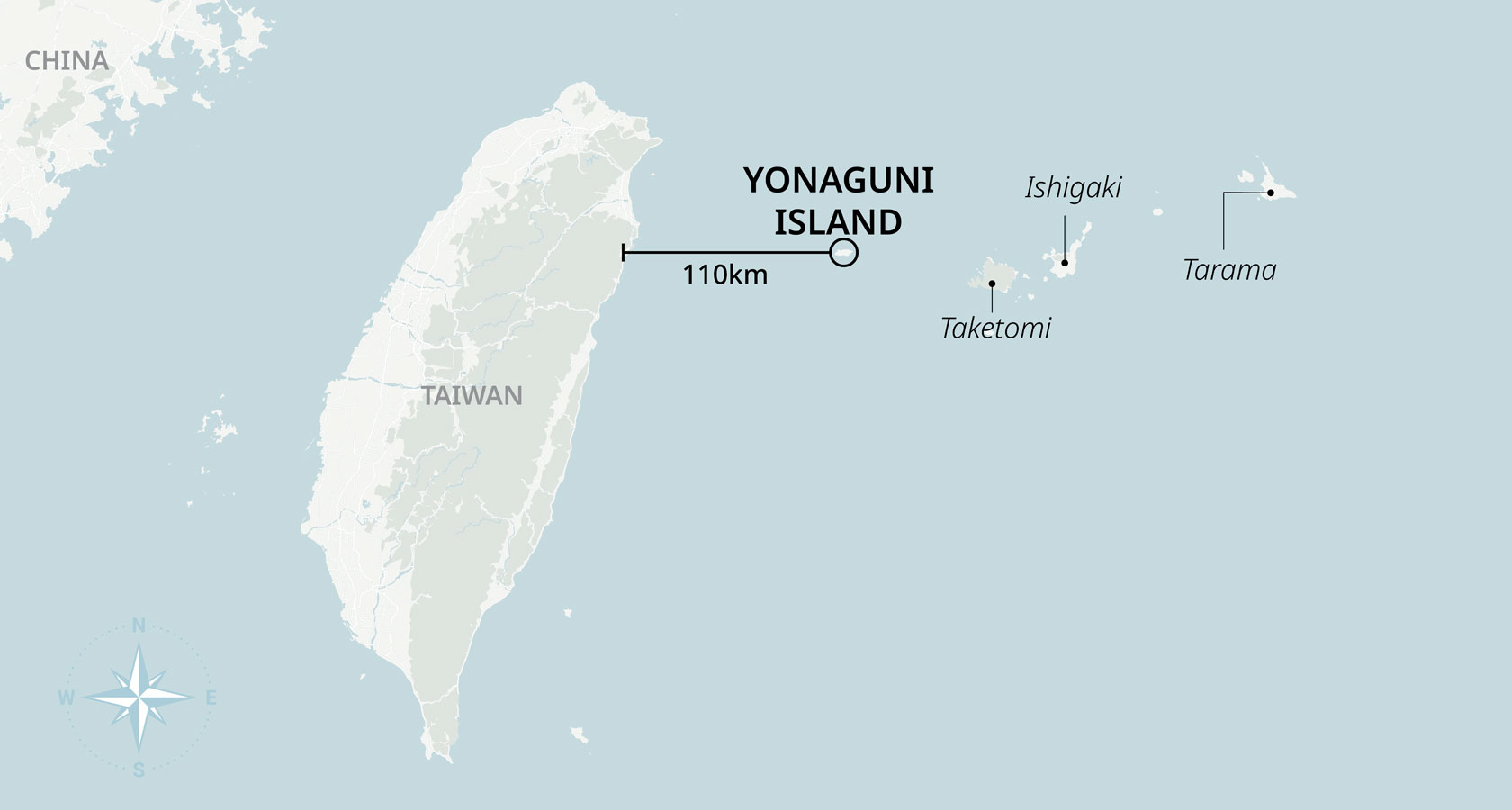
Yonaguni village was promoted to town status in December 1947, with an official population of nearly 6,000. The unofficial number was double that, according to historical sources.
In 1952, the U.S. military, which was in power in Ryukyu Islands, decided to end the smuggling and with it, Yonaguni’s golden period.
As ships stopped going between Taiwan and Yonaguni, people who made money via illicit trade also left. Not only the island’s population plunged, its economic relationship with the big island neighbor was also heavily affected.
“Most people in Yonaguni have been to Taiwan, older people lived and worked there. They all loved Taiwan,” said Heinrich.

‘A big splash of water’
Since the 1960s, and especially after Yonaguni was returned to Japan in 1972, exchanges with Taiwan have tapered off. There are no direct flights nor ferries between the two islands.
Visitors from Taipei have to fly to Naha, the capital of Okinawa, or Ishigaki, a bigger island in the Ryukyu chain, and from there take a flight or a ferry to Yonaguni.
A Yonaguni municipal government proposal to set up a special zone for cross-border trade with direct liner services to Taiwan was rejected by the central government, which cited the lack of infrastructure and travel demand.
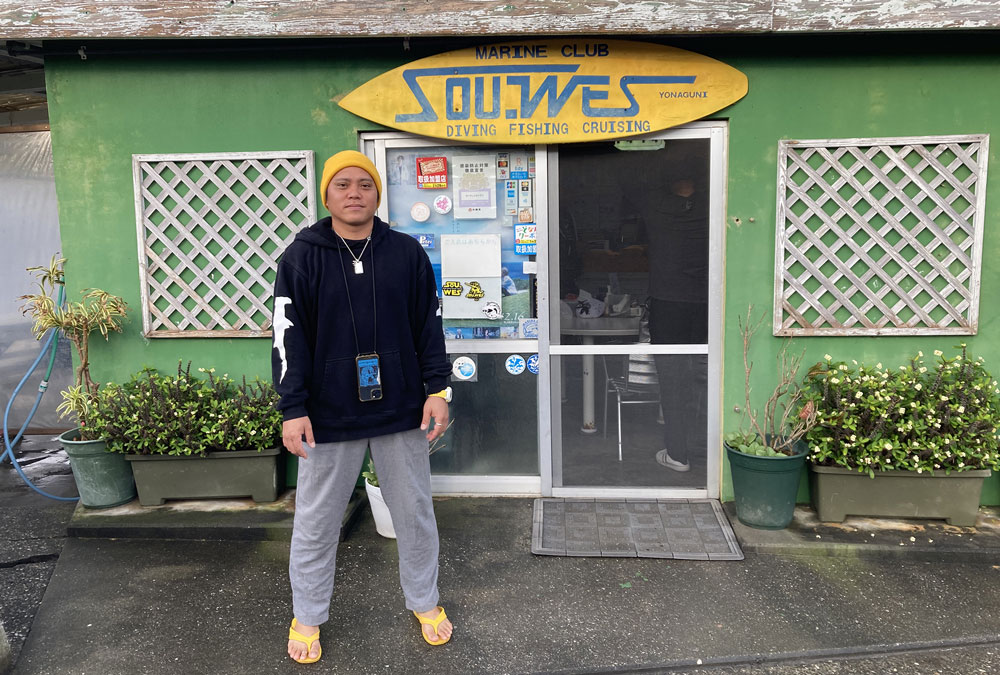
Yonaguni’s population now stands at around 1,700 and the island’s fragile economy relies on small-scale farming, fishing and nature tourism. Many of the visitors are divers, who come here to watch hammerhead sharks and admire its mysterious underwater ruins.
Shotaro Maja, 36, runs a dive shop called Sou-Wes in central Yonaguni. His father, Kihachiro Aratake, was the first person to discover the Yonaguni underwater monument in 1986.
Dubbed "Japan’s Atlantis," the 50-meter (yard) long pyramid-like monument is believed to be more than 10,000 years old but to date nobody knows how it was formed.

Like other Yonaguni children who wish to attend high school, Maja left the island to study. He also studied in Taiwan, but unlike many classmates, he chose to come back to Yonaguni “to be close to my roots,” he said.
“Taiwan is so close to us, on a good day you can see Taiwan from here,” he said, pointing west.
During the visit by the then U.S. House Speaker Nancy Pelosi to Taiwan last August, China conducted a week-long live-fire exercise and a missile landed in the waters near Yonaguni.
“I saw a big splash of water when the missile fell into the sea,” said Maja. “We were very worried.”
